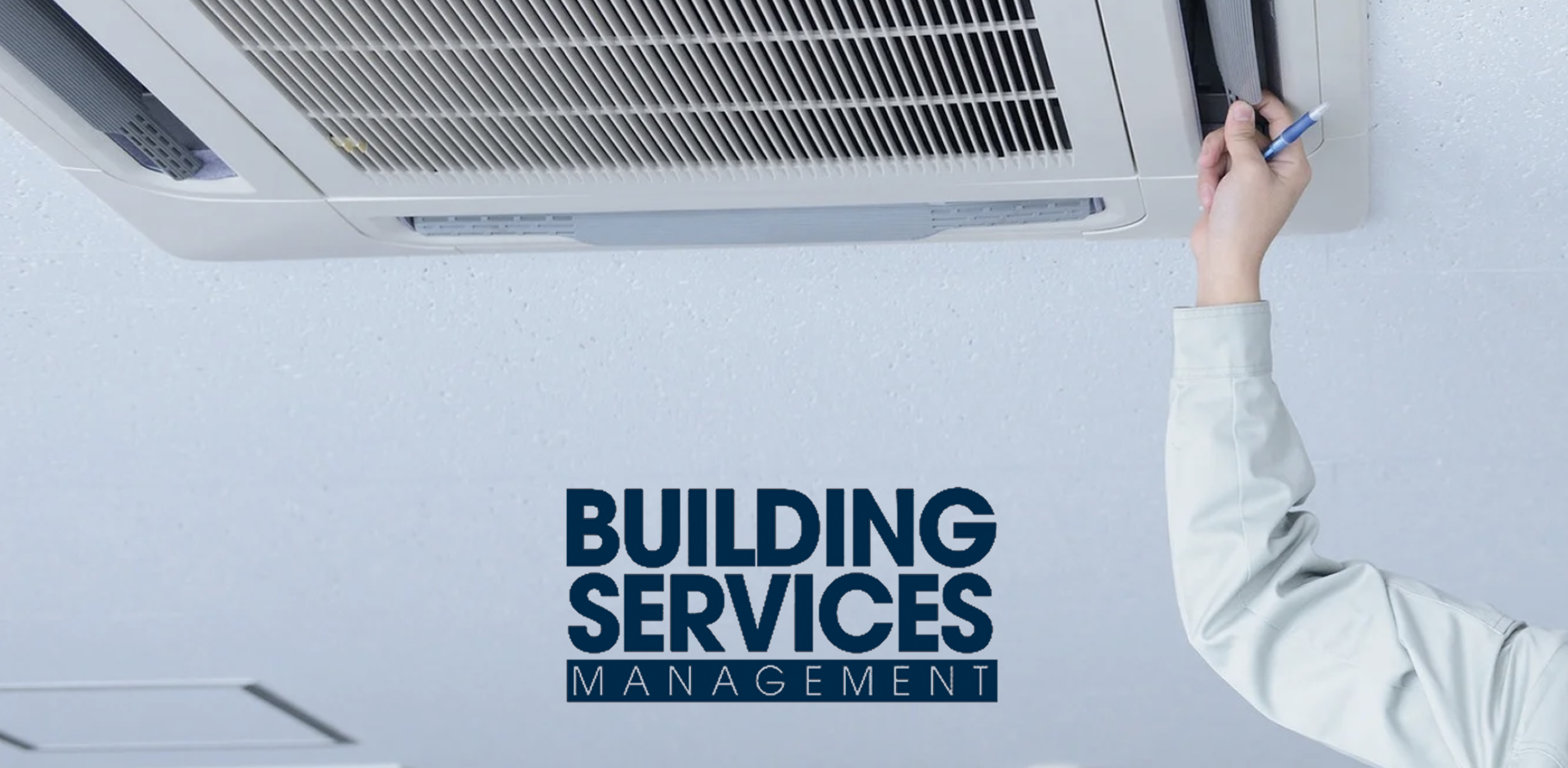New York City’s Local Law 157 sets new safety requirements for gas detection in certain residential buildings, with a key compliance deadline of May 1, 2025*. The regulation outlines different requirements for buildings with a Temporary Certificate of Occupancy (TCO) issued after January 1, 2025, offering two options to comply: a traditional wired system or a cost-effective battery-powered Smart detector. As gas leaks pose serious risks, compliance with Local Law 157 ensures enhanced gas detection measures protecting residents and properties.
Understanding Compliance Options for Residential Buildings with a TCO After January 2025
Buildings that received a Temporary Certificate of Occupancy (TCO) before January 1st, 2025 can install any UL-listed and labeled gas detector to comply with Local Law 157. However, buildings receiving their TCO after January 1, 2025, must install either a hardwired UL-listed and labeled gas detector or a Smart, battery-powered gas detector that is part of a monitored system.
Smart Monitored Gas Detector – The Cost-Effective Option
- 10-Year Battery Operated
- Powered by a LoRaWAN network—no WiFi or hardwiring needed.
- A monitored system that alerts building management within seconds of a gas leak with the precise location and severity of the leak.
110V Hardwired Gas Detector – The Costly Option
- Requires a wired power source, installed by a licensed electrician, resulting in higher installation costs.
- Line voltage devices require a battery backup to maintain operation during power outages, with batteries typically needing replacement every 6 months.
- There is no monitoring capability, nor notification to building staff.
For most buildings, the battery-powered smart detector offers a more affordable and efficient path to compliance, avoiding complex electrical work while enhancing safety with real-time monitoring.
Stay Ahead of Local Law 157 Compliance
With the January 1, 2027* deadline approaching, ensuring compliance with Local Law 157 is crucial for new developments and existing buildings. Choosing the right gas detection system, whether the cost-effective Smart Gas Detector or the hardwired option, can help streamline the process and enhance building safety.
To prepare, check out our Local Law 157 Compliance Checklist and ensure your property meets the latest requirements.
*Enforcement of Local Law 157 has been delayed until January 1, 2027, per legislation recently passed by the NYC Council Int. 1281-2025.



.jpg)





